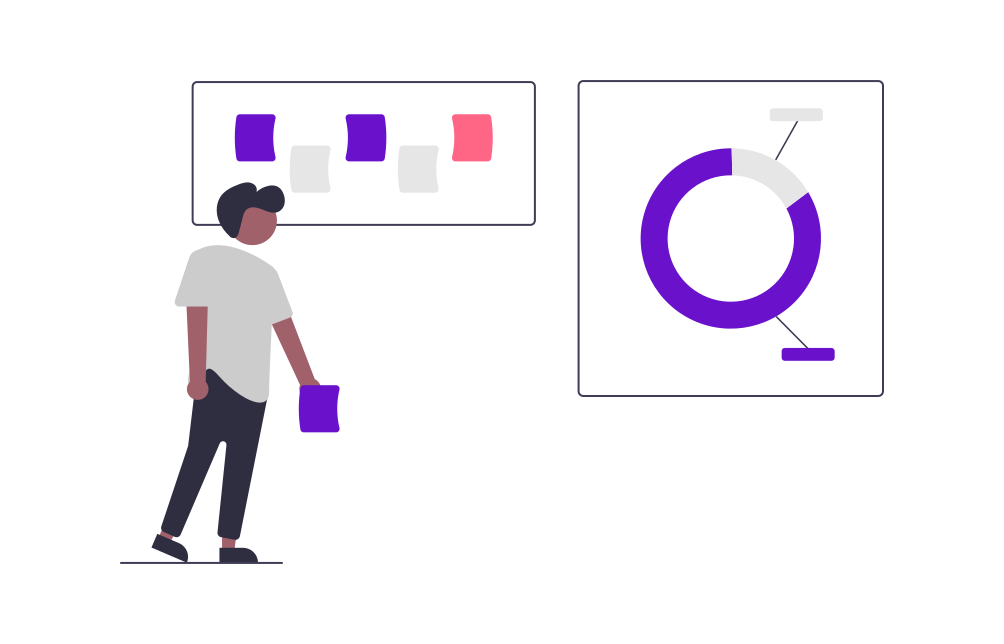In today's hyper-competitive market, understanding your customers goes beyond basic demographics and firmographics. Technographic segmentation, which focuses on the technology stack and tools used by potential customers, can provide a sharper insight into their needs and behaviors. This guide will walk you through the process of conducting technographic segmentation for your business, enabling you to tailor your marketing strategies more precisely.
What is Technographic Segmentation?
Technographic segmentation categorizes businesses or individuals based on the technologies they use. This segmentation helps companies understand their target audience’s technology adoption, preferences, and behaviors, allowing for more targeted marketing efforts.
Why is Technographic Segmentation Important?
- Enhanced Personalization: By knowing the technology your prospects use, you can create highly personalized marketing messages.
- Better Lead Scoring: It helps prioritize leads that are more likely to convert based on their tech stack compatibility with your product.
- Competitive Advantage: Understanding the technological landscape of your market allows you to anticipate trends and adapt accordingly.
Step-by-Step Guide to Conducting Technographic Segmentation
Step 1: Define Your Objectives
Before diving into data collection, clarify why you need technographic data. Common objectives include improving marketing campaigns, refining product development, and enhancing customer support.
Step 2: Identify Key Technologies
Determine the technologies that are relevant to your business. This could include CRM systems, marketing automation tools, cloud services, programming languages, and more. Focus on technologies that align with your product offerings and market.
Step 3: Gather Technographic Data
Collecting technographic data can be done through several methods:
- Surveys and Questionnaires: Directly ask your customers about the technologies they use.
- Website Analysis Tools: Use tools like BuiltWith or Datanyze to identify the technologies used by visitors to your website.
- Third-Party Data Providers: Purchase data from providers that specialize in technographic information.
Step 4: Analyze the Data
Once you have gathered the data, analyze it to identify patterns and segments. Look for commonalities in technology usage among your customers. Group them based on the sophistication of their tech stack, the type of tools they use, or their technology adoption stage.
Step 5: Create Technographic Profiles
Develop detailed profiles for each segment. Include information such as:
- Technology Stack: The specific technologies used.
- Usage Patterns: How frequently and in what capacity the technologies are used.
- Technology Adoption Level: Whether they are early adopters, mainstream users, or laggards.
Step 6: Integrate Technographic Data into Your Marketing Strategy
Use the technographic profiles to tailor your marketing efforts. For instance:
- Content Marketing: Create content that addresses the specific challenges and interests of each segment.
- Email Campaigns: Personalize your email marketing based on the recipient's tech stack.
- Product Recommendations: Suggest products or features that complement the technologies your customers already use.
Step 7: Monitor and Refine
Technographic data can change rapidly as new technologies emerge. Continuously monitor your segments and update your profiles accordingly. Regularly refine your strategies based on the latest data to ensure ongoing relevance and effectiveness.
Benefits of Technographic Segmentation
- Improved Targeting: Reach the right audience with messages that resonate.
- Increased Conversion Rates: Tailored marketing efforts are more likely to convert leads into customers.
- Optimized Marketing Spend: Focus your budget on the most promising segments.
- Enhanced Customer Retention: By understanding and addressing the specific needs of your customers, you can improve satisfaction and loyalty.
Challenges and Considerations
While technographic segmentation offers numerous benefits, there are challenges to consider:
- Data Accuracy: Ensure that the data you collect is accurate and up-to-date.
- Privacy Concerns: Be mindful of privacy regulations and ensure you have consent to collect and use technographic data.
- Integration: Seamlessly integrating technographic data with your existing CRM and marketing systems can be complex.
Conclusion
Technographic segmentation is a powerful tool that can significantly enhance your marketing efforts by providing deep insights into your customers' technology preferences and behaviors. By following the steps outlined in this guide, you can effectively segment your audience and create highly personalized marketing strategies that drive growth and improve customer engagement.


